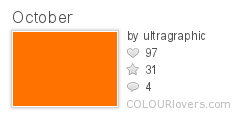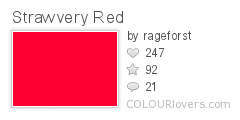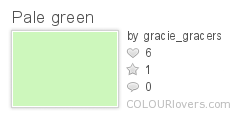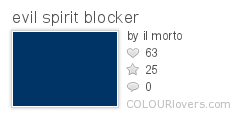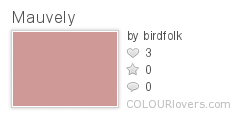Fragrance is one of the fashion world’s most complex components, and for obvious reasons. Each concoction’s boldness and subtlety can make or break it–a scent has a fairly even chance of becoming an instant success or ending up in the bargain bin.
What makes a fragrance a hit hinges most on the creativity and singularity of the scent itself, but a number of other elements come into play–how a wearer’s body chemistry affects the scent, how the scent mellows on its own over time, what images and moods the notes of the scent conjure in a wearer’s mind.
And, according to Leffingwell & Associates, an information and service provider to flavor and fragrance industries, color can say a lot about a perfume wearer’s preferences before she even spritzes it on. It makes sense, really, considering a number of fragrance families conjure colors all on their own, whether with the actual color of perfume or the colors associated with major notes.
“Color psychologists have long known that our favorite colors tell a lot about us. They’re a manifestation of our emotions and moods. Perfumers have found that the colors we prefer also allow conclusions to be drawn about our fragrance preferences,” Leffingwell reports. “A woman who picks the color combination of yellow, orange, red and pale green, for example, is not only extroverted, active, optimistic and positive–she’ll also tend to prefer fresh-floral fragrance notes.”
Some corresponding fragrance families? Citrus and green fragrances, with notes of lemon, grapefruit, tea, woody florals, grass and herbs.

[Dior Escale à Pondichéry; L’Occitane Citrus Verbena]

[Fresh Hesperides; Issey Miyake A Scent]
“Women with a preference for subdued, pastel-like hues like purple or colors like blue-black and mauve, on the other hand, tend to be introverted and pensive,” Leffingwell’s report continues. “They are likely to want Oriental scents.”
And indeed, a number of Oriental scents–characterized by spicy notes such as sandalwood, patchouli, musk, amber, vanilla and soft florals–are warm and pinkish in color.

[Prada Eau de Parfum; Viktor & Rolf Flowerbomb]
Of course, Leffingwell’s theories are just that–you may favor dark colors and choose a bright scent, or vice versa. Maybe you like to mix your modern personal style with a heady, classic scent such as L’air du Temps or Chanel No. 5 (both gold in color, incidentally).
What’s your signature fragrance? Does it correspond with your favorite color? What color is its mood?
Photos from Sephora and Nordstrom. Header photo: “Perfume Bottle #2” by avrenim_acceber.

